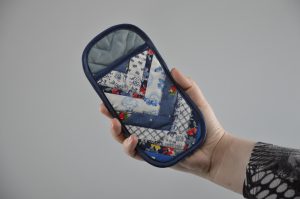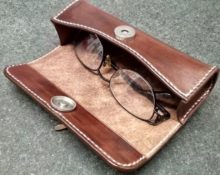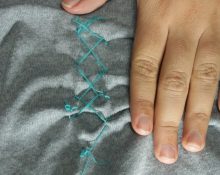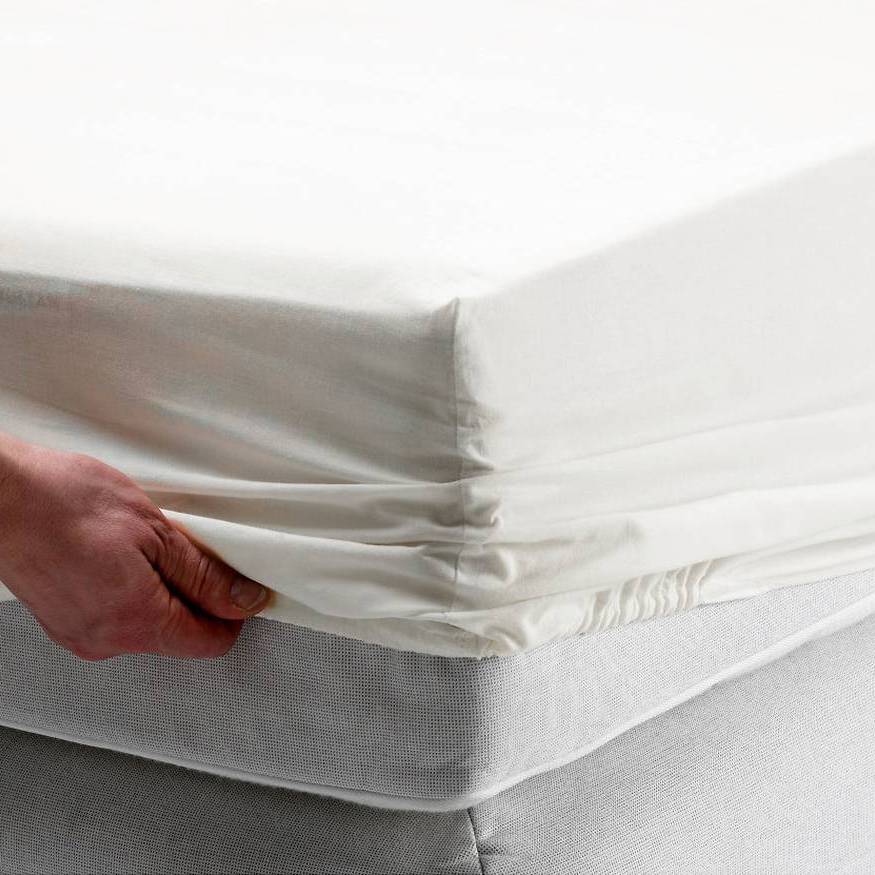
iphone-case.com.ua
A fur phone case is a real find for cold weather. It pleasantly warms the hand, soft and cozy to the touch. According to statistics, by the end of autumn the demand for such products increases several times. There are many original models and colors to suit every taste, but it is much more interesting to make a warm phone case with your own hands. This will be guaranteed to be an exclusive model. It can be made in the shape of any animal or decorated at your own discretion.
Another option for a stylish accessory is a smartphone handbag made using the patchwork technique. It looks bright and original due to the combination of various fabrics. Moreover, materials can have not only different colors. They differ in density, texture, and pattern. To make a patchwork phone case with your own hands, just look in your closet for unnecessary scraps of fabric or take scraps from other things. The technique is very simple.Moreover, the phone is constantly in your hands, in your bag or in your pocket, so ordinary cases quickly lose their appearance. And the product, made using the patchwork technique, is completely non-staining due to the abundance of colors and shades.
DIY fur covers - a fashionable fluffy cover
Before you make a fluffy phone case, you need to choose a material. Natural fur will cost more than its artificial counterpart. It requires special care. Eco fur with long fibers is difficult to work with, but looks very beautiful. To work with both types of materials you will need a scalpel or a special breadboard knife. If the pile is short and the fur is artificial, scissors can handle it quite well.
To create a product you need a minimum of materials and tools. All you need is a regular knife, a utility knife, a smooth phone case and a piece of fur. To connect the parts, you should choose a high-strength adhesive. It must reliably adhere the plastic to the material. Work process:
- We make a pattern from a fur fragment. To do this, draw a chalk outline around the plastic case.
- We leave allowances. The average size is one and a half centimeters, but it is better to measure the sides of the cover.
- Cover the surface of the cover with glue along with the sides.
- We carefully apply the fur to it so that it exactly matches its contours and press it.
- Using a utility knife, carefully cut out holes for the headphones, camera, charger and other inputs that are on the phone.
It is important to prevent damage to the camera or other parts of the smartphone during operation, to act slowly and carefully.
How to make a patchwork case yourself - master class

madeheart.com
Patchwork is a modern patchwork technique. You can do almost any thing with it. The product will look original and stylish.For the phone case you will need:
- Small scraps of assorted cotton.
- Needle punched sheet.
- Threads, Velcro for fastening.
- Material for finishing edges.
- Lining fabric.
The sewing tools you need are a machine, a disc knife, a centimeter, and a ruler. It is advisable to use a special ruler for patchwork techniques. Progress:
- We cut the patchwork material into strips one and a half centimeters wide.
- We measure the girth of the smartphone using a centimeter. Divide the resulting value in half and add four centimeters to the allowance. This will be the width of the cover.
- Height is measured in the same way.
- On the needle-punched fabric, draw an elongated rectangle using the obtained dimensions. We also draw a similar figure on the lining material, but add two centimeters to the length;
- Place the first piece of cotton, wrong side down, on the needle-punched sheet. Place the lining material face down on top. We compare the contour by sections and fix them together with pins.
- We sew on a sewing machine, leaving an allowance of seven millimeters. We use stitches three millimeters long. We start and finish the seam with bartacks.
- We fold back the lining fabric, iron it, then make a seam along the top edge. One side is completed.
- We apply the next part to the cut side of the first strip. We place the right sides inward, sew with a machine, leaving a five millimeter allowance.
- Again you need to bend and iron the element. Actions continue according to this pattern until the base is completely filled. The material alternates, different fabrics are used.
- Using a ruler and a circular knife, trim the product along the edges and round the bottom corners.
- We choose a place for the Velcro, secure it with a glue gun and stitch along all the edges.
- Assembling the base. The processed side should be slightly higher than the center. We sew the sides with allowances of five centimeters.
- Let's start cutting out the bias tape. Its width is 3.5 centimeters. Length - the perimeter of the untreated sides and two centimeters for processing.
- Secure the bias tape by going around a centimeter of the finished edge. Sew it with the outside side down. In this case, you need to equalize the cut. We also secure the end of the piping.
- Turn it inside out onto the back of the product. We go over it with an iron, bending the seam allowance, covering the seam with tape. We fix it and make the final seam.
The dimensions of the product can be easily increased to make an overlay for a tablet. The case will look beautiful and unusual. The material can be chosen in a single color, for example, patches of bright summer shades or different tones of blue and green.


 0
0





